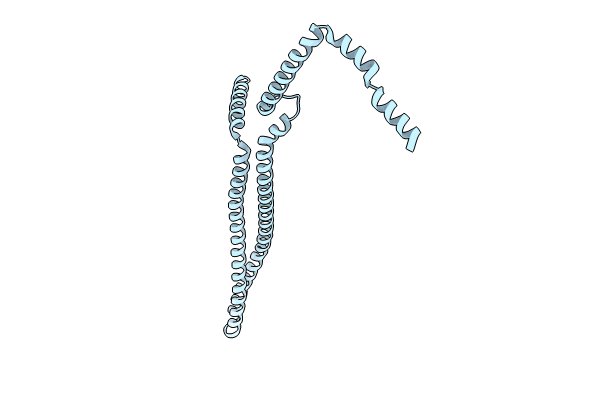
Deposition Date
2023-08-25
Release Date
2024-09-11
Last Version Date
2025-03-26
Entry Detail
PDB ID:
8QBW
Keywords:
Title:
Cryo-EM structure of Vipp1-deltaH6_aa1-219 helical filament with lattice 3 (Vipp1-deltaH6_L3)
Biological Source:
Source Organism:
Nostoc punctiforme (Taxon ID: 272131)
Host Organism:
Method Details:
Experimental Method:
Resolution:
3.67 Å
Aggregation State:
FILAMENT
Reconstruction Method:
HELICAL


